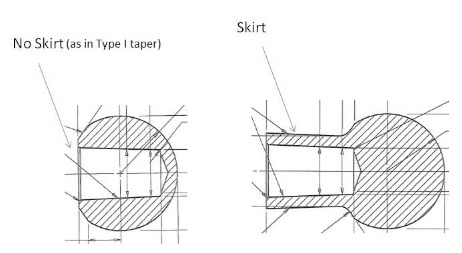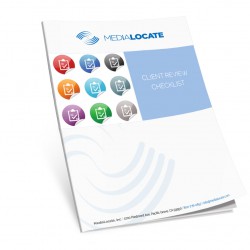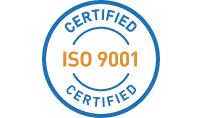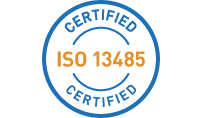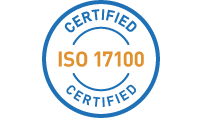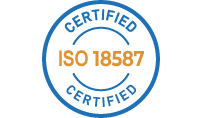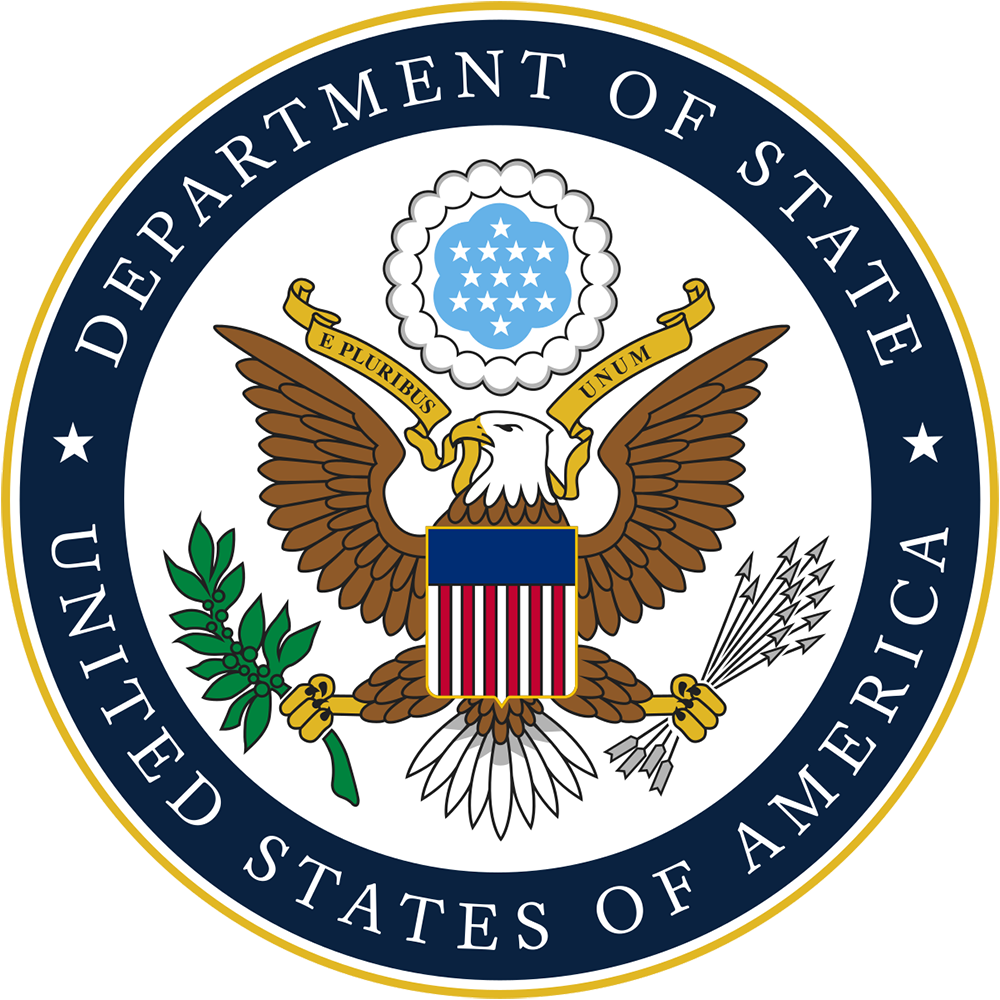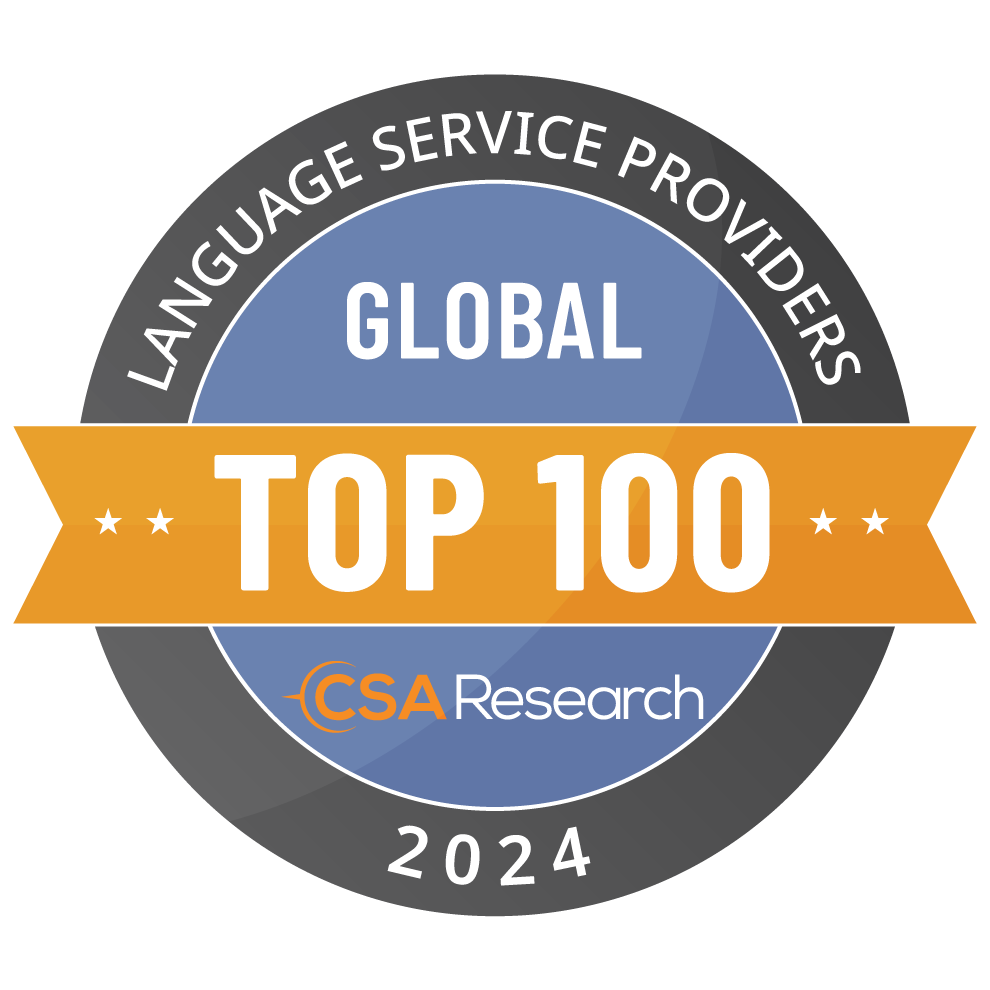
The Importance of Proper Reference Materials
Translating medical documents represents a good share of what we do for our clients here at MediaLocate. From years of experience, we know that to ensure better medical translations, it is absolutely critical for our clients to provide us with proper reference materials. Short of actual hands-on training and physical samples, pictures and diagrams are of the greatest help to translators, and can often make the difference between a proper translation and one that misses the mark entirely.
This is especially true when there is little context or when translating Instructions For Use (IFUs) inserts because of the high risk associated with mistranslation.
For example, a label to be translated might include text that reads: “4.5 DCP/120MM”.
What is a translator to do with the letters “DCP”? Especially when there is no context for the acronym or phrase provided.
If an actual image of a label for a similar product (below) is included with the reference material you provide, it becomes clear.
When A Term Could Have Several Possible Translations
In other situations, the words may be clear but have several possible translations. For example, take the phrase: “DO NOT IMPLANT / LOCKED PLATE, WEB”.
It is clear what the individual words “DO NOT IMPLANT”, “LOCKED PLATE” and “WEB” mean, but when translating from English into several languages, how many ways could each language translate just the word ‘WEB’? A web is a type of design, but does it look like a spider web? Is it a mesh?
A simple image like the one below provides a reference that can make the meaning of “WEB” that much clearer.
The example above illustrates how photos or illustrations can enable even seemingly simple words to be quickly identified and given proper context for translation into any number of languages. Even in IFUs when there are phrases that occur in bullet points it can be hard to understand exactly what they are referencing. So, whenever one of your engineers can provide additional information with a document, it helps immensely.
To Translate One IFU Into 22 Languages?
For example, in one IFU that we were asked to translate into 22 languages, there were these two sentences widely separated within the document:
1. The system is used with Type I taper modular heads and compatible acetabular shells/liners and screws to provide a total hip replacement system.
2. The use of skirted modular heads is not recommended.
The translator immediately wonders what exactly is the difference between these types of modular heads. Even those highly experienced in the field of medical translation might pause at this. If one were to research the term “modular heads,” one would find that they are most commonly used in reference to machining, not medical applications.
Is it reasonable to trust that 22 separate language teams (a total of 44 different translators and editors, or more) would independently come to the same conclusion, without clear context?
Highly unlikely.
Yet, by providing a relatively simple illustration such as the one pictured below, you, as well as our translators, can together address many serious quality concerns and issues.
Bottom Line? Better Reference Materials Provided = Better Medical Translations!
The more reference materials and diagrams that you can provide to our medical document translation teams, the more assured everyone can be of the quality of the translation. MediaLocate highly recommends that for all medical documents, you should use a skilled desktop publishing team and include an additional linguist check with our teams before delivering a final product. Even with our standard triple-check process by highly skilled teams, translation quality will often suffer if the context and content of the original documents are unclear.
That’s why providing reference materials is one of the most important things you can do to ensure a high-quality translation and a successful outcome.
Have more questions? With nearly 30 years of experience in life science translations, our MediaLocate team is here to help.
Contact MediaLocate at 831-655-7500 or
Email: [email protected]
Is your review process seamless and repeatable?
Download Our Free “Client Review Checklist” Before You Launch Your Next Multilingual Project



